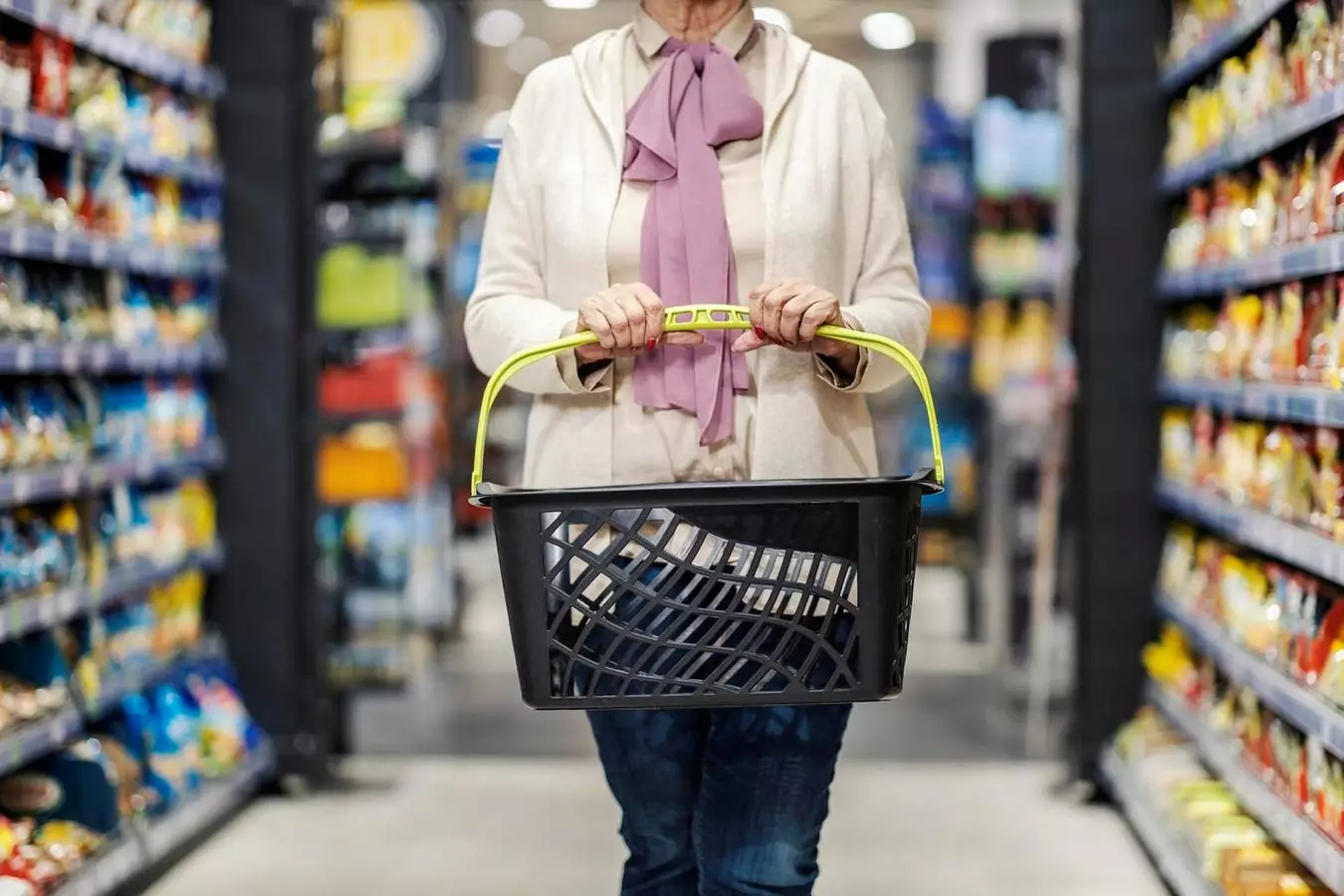In the shadow of economic instability, our grocery shopping behaviors offer a treasure trove of insights that often go unnoticed. The recent rumblings in financial markets have prompted not only keen observations by analysts tracking stock prices but also a subtle shift in consumer behavior that can foretell economic downturns. The relationship between the state of the economy and what ends up in shopping carts is far more intricate than one might initially think. The nuances of these patterns reveal more than just changing tastes—they depict a cultural and emotional response to financial stress.
Research indicates that consumers adapt their food purchasing habits even before a recession is officially declared. Reports from the National Bureau of Economic Research underscore this point, showcasing that shifts in food consumption usually happen 3-6 months in advance of recognized economic contractions. As consumers feel the pinch in their wallets, we observe not only a decrease in quantity but also a distinct qualitative change in food choices.
From Gourmet to Staples: The Shift in Choices
When crises loom, people don’t merely buy less; they pivot towards more comforting yet frugal options. A telling analysis that surveyed over 60,000 individuals found that nutritional quality dipped significantly during the Great Recession, with adults increasingly consuming refined grains and solid fats. At the same time, children displayed a heightened sweetness fixation, leading to greater consumption of added sugars. This shift reflects a desire for emotional comfort through familiar and less expensive foods, reinforcing the idea that familiarity breeds contentment during uncertain times.
Particularly poignant is the statistic that sales of pantry staples like pasta, canned soups, and the ever-reliable boxed macaroni increase ahead of downturns. These products not only stretch budgets but also tap into a deep-seated nostalgia linked to simpler, more secure times. Similarly, as discretionary spending shrinks, we see more households substituting premium meats for affordable protein sources like beans, canned tuna, and peanut butter. The rising costs of staples like eggs further complicate this situation and reflect a profound recalibration of what constitutes a necessity.
Redefining Luxury in Times of Need
As economic pressures intensify, consumers adapt their priorities, transforming perceptions of what constitutes luxury versus necessity. The idea that luxury spending diminishes as recessions loom is not new; rather, it’s a trend documented for decades. People tend to cut back on extravagances like gourmet meals, premium frozen entrees, and artisanal drinks, retreating instead to basic food items. An impressive shift noted during the 2008 recession saw sales of home-baking ingredients spike as families opted for homemade comforts over eating out—an observable 32% increase in-one quarter alone.
Interestingly, we also see consumers gravitating towards store brands and generic alternatives as they seek to maximize value—an indicator that aligns with Engel’s Law. This economic principle posits that as consumers’ incomes decline, they proportionally spend a greater share on food, highlighting the growing importance of necessity-driven purchases during challenging financial times.
What to Expect During Economic Turbulence
Given these behavioral changes, what food categories are likely to falter in an economic squeeze? Initially, luxury goods and convenience meals take the hardest hits. Tasteful craft beers, elaborate coffees, and extravagant snacks often give way to basic comforts. When the economy wavers, consumers instinctively remember their childhood favorites, retreating to comfort foods like canned soups and simple pastas. This emotional resurgence is more than nostalgia; it serves as a reminder of stability amidst chaos.
Food manufacturers and retailers who pay attention to these shifting consumption patterns might find themselves at a significant advantage. A strategic pivot towards value-oriented product lines can effectively capture a segment of budget-conscious consumers. Data from the USDA confirms that fluctuations in food consumption are not just a domestic phenomenon, hinting at broader insights to target the right markets during economic transitions.
Tuning In To Consumer Signals
Market signals reflecting these evolving priorities are already evident. Recent reports have shown a striking 17% year-over-year jump in private label brand purchases, alongside considerable upticks in pasta and rice sales—variables traditionally identified as early indicators of economic decline. These patterns, coupled with evidence of declining sales in premium prepared foods, paint a clear picture of an anxious consumer base.
Additionally, macroeconomic indicators such as a slight contraction in the monthly international trade deficit signal potential reductions in consumer purchasing power. On a practical level, food companies and distributors need to recalibrate their inventory strategies to align with these trends—stocking up on shelf-stable essentials while scaling back on discretionary items.
In an era fraught with uncertainty, understanding the shifting landscape of consumer preferences is more essential than ever. Those businesses that can decode these subtle signals from grocery carts stand to not only survive but thrive in a challenging economic environment. A keen awareness of consumer behavior can act as a guiding compass, helping companies maintain loyalty and relevance even as the economic tides inevitably turn.


Leave a Reply